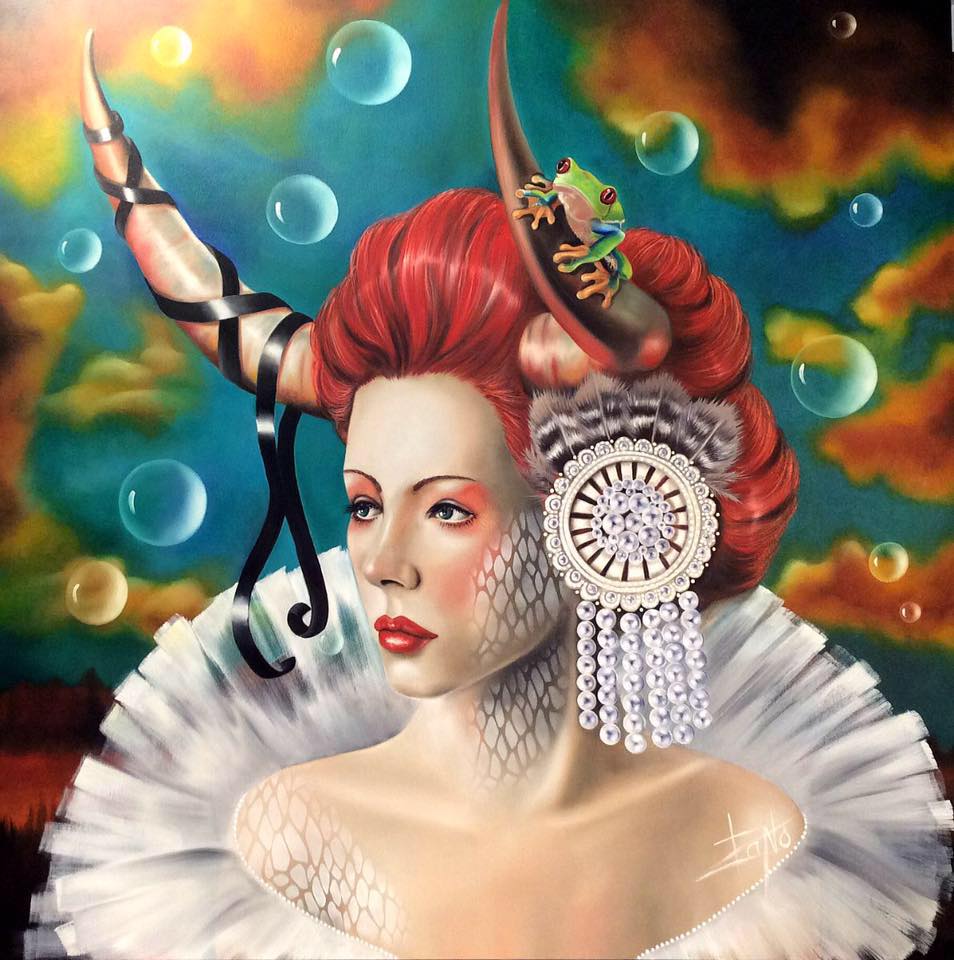Pittrice professionista con oltre 20 anni di esperienza ed insegnante, Isabelle Sauvineau ha studiato infermieristica durante il periodo trascorso presso Cegep a Granby.
In seguito ha lavorato nel settore della moda dove è rimasta per 5 anni.
Dopo dalla nascita dei suoi due figli emerse la passione di Sauvineau per la pittura.
Con entusiasmo e fiducia che si è lanciata in una nuova carriera, nelle arti visive.



%2B-%2BLa%2Bbonne%2Baventure%2C%2B1938.jpg)


%2B-%2BWinter%2BEvening%2Bat%2BS%C3%B6der%2C%2BStockholm%2C%2B1889.jpg)
%2BAd%2BParnassum%2C%2B1932.jpg)